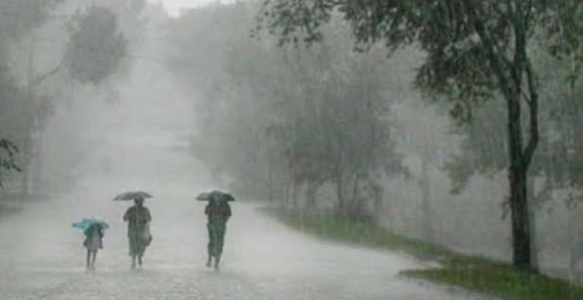INTERNEWSTIMES.COM- Nepal is grappling with the aftermath of devastating floods and landslides triggered by two days of torrential rainfall, with the death toll reaching 151 and 56 people still missing. The heavy rains have caused widespread destruction, disrupting transportation, communication, and daily life across the Himalayan nation.

The Kathmandu Valley, home to four million people and the capital city, has been particularly hard hit, with 37 fatalities reported. The floods have brought the city to a standstill, with roads submerged and traffic paralyzed. The Bagmati River, which flows through Kathmandu, surged 2.2 meters above the danger mark, causing significant damage to infrastructure and homes.
Authorities have ordered the closure of schools for three days, citing safety concerns and the need for repairs to damaged school buildings. Students and their families are facing immense difficulties as they navigate the aftermath of the disaster.
Television footage showed rescue workers struggling to clear debris and retrieve bodies from a massive landslide that swept away two buses on a key route leading into Kathmandu. Sixteen passengers were tragically killed in the landslide, highlighting the devastating impact of the torrential rains.
Weather experts attribute the heavy rainfall to a low-pressure system in the Bay of Bengal, which has extended over parts of neighboring India, impacting Nepal. While the rains have eased in some areas, authorities remain on high alert as the threat of further landslides and flooding persists.
The government has mobilized rescue teams and relief efforts to assist affected communities. However, the scale of the disaster poses significant challenges, with many areas still inaccessible due to damaged roads and communication disruptions.
The devastating floods and landslides serve as a stark reminder of the vulnerability of Nepal to extreme weather events, particularly in the monsoon season. The country faces increasing risks from climate change, which is exacerbating the frequency and intensity of such disasters. (Red)























